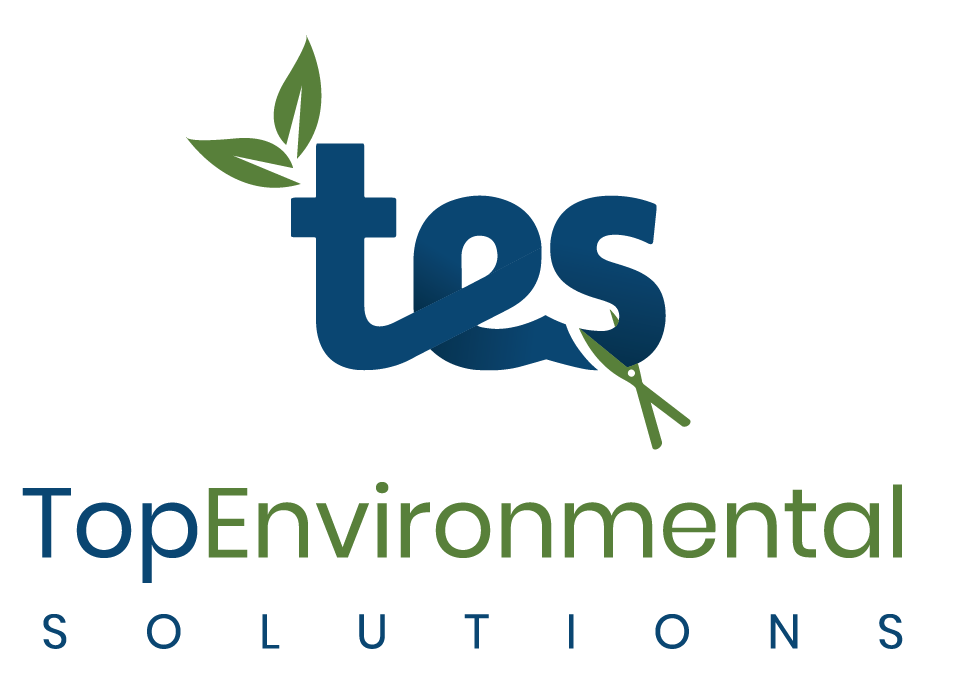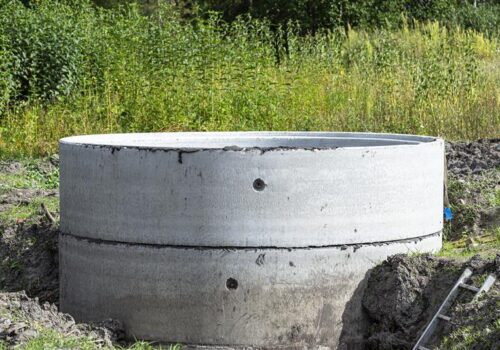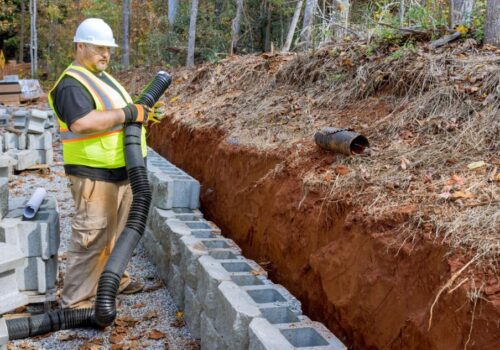How Environmental Approvals Foster Sustainable Development
In today’s world, the pursuit of sustainable development is becoming increasingly crucial. As the impacts of climate change and environmental degradation become more apparent, it is paramount that we take steps to ensure a harmonious relationship between economic growth and environmental preservation. Environmental approvals play a vital role in achieving this balance, as they ensure that development projects are executed in a manner that minimizes harm to the environment and promotes long-term sustainability.
The Importance of Environmental Approvals
It is also known as environmental impact assessments or permits, which are regulatory mechanisms used to assess and manage potential environmental and social impacts of development projects. They aim to protect natural resources, mitigate adverse impacts, and promote sustainable practices.
By requiring developers to obtain approvals, governments can ensure that projects are subject to a rigorous ecological-assessment. This evaluation assesses the potential environmental, social, and economic consequences of the project and identifies measures to minimize and mitigate any negative impacts.
Protecting Ecosystems and Biodiversity
One of the primary benefits of environmental policy is the protection of ecosystems and biodiversity. Through a thorough assessment of the project’s potential impacts, regulators can identify sensitive habitats, threatened species, and critical ecological corridors that may be affected. This knowledge allows for the development of strategies to avoid, minimize, or mitigate harm.
By preserving ecosystems and biodiversity, it contributes to the long-term health and resilience of our natural environment. This, in turn, maintains the provision of ecosystem services, such as clean air and water, soil fertility, and climate regulation.
Preventing Pollution and Contamination
By conducting careful assessments, regulators can identify potential sources of pollution (such as wastewater discharges or air emissions) and require the implementation of appropriate mitigation measures.
The use of advanced technologies and best practices can help minimize or eliminate pollution and contamination risks associated with development projects. For example, the implementation of wastewater treatment systems or the adoption of cleaner production techniques can significantly reduce pollution levels.
Engaging Stakeholders and Building Trust
The approval process provides an opportunity for community members, Indigenous groups, and other interested parties to voice their concerns and provide input regarding the proposed project. This engagement fosters transparency, inclusiveness, and accountability, making the decision-making process more legitimate and robust.
Conclusion
Environmental approvals are a critical tool for fostering sustainable development. They help strike a balance between economic growth and environmental stewardship, ensuring a sustainable and prosperous future for generations to come. It is in the best interest of governments, developers, and society as a whole to embrace and promote the use of regulatory clearances to foster endurable development.





